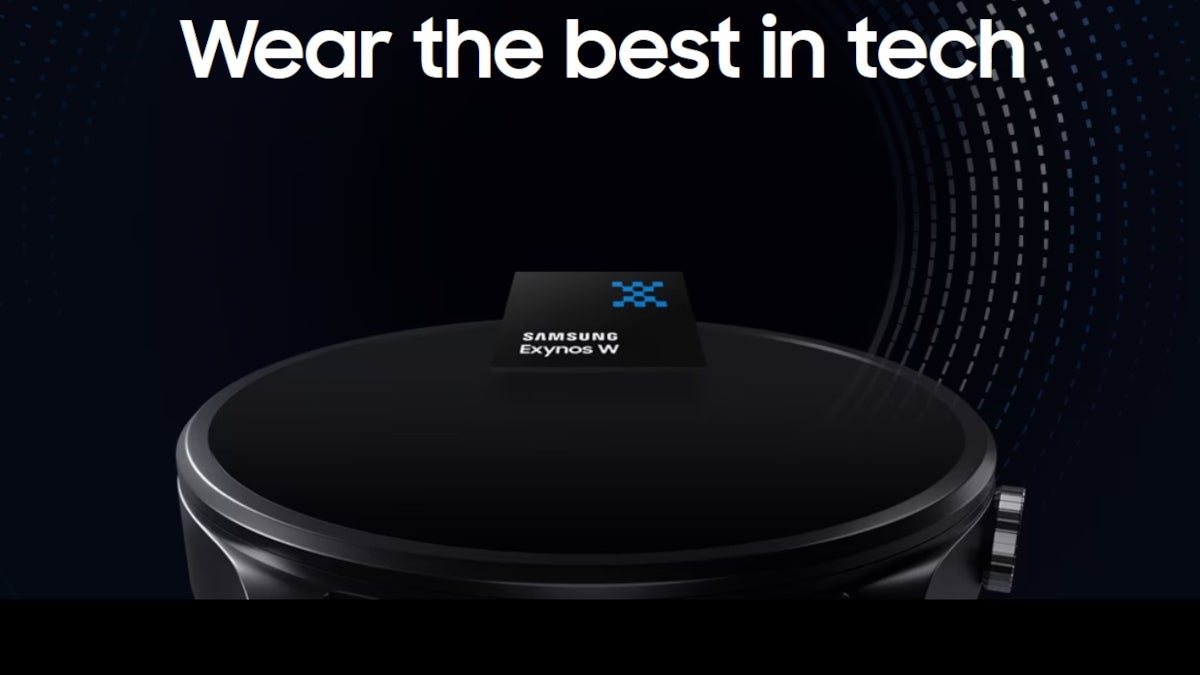
Samsung introduces the Exynos W1000 SoC for wearable devices like the Galaxy Watch 7|Image credit-Samsung
The Exynos W1000 SoC does support a 2.5D always-on display (AOD) for smartwatches. That’s because the chip features a dedicated low-power display processor that allows the display to be on at all times allowing users to have the time ready to view 24/7 along with notifications, calls, and more.
Thanks to the 3nm process node, the Exynos W1000 should help the Galaxy Watch 7 and Galaxy Watch Ultra deliver improved battery life. Samsung says, “Through its efficient low power design based on a 3nm process and upgrade to LPDDR5 memory, the Exynos W1000 allows you to enjoy premium performance while using your smartwatch for longer.”
Samsung Foundry’s 3nm process node includes the use of Gate-All-Around (GAA) transistors that allow the gate to come into contact with the channel on all four sides which reduces current leaks, increases the drive current, and improves the performance of the transistor thanks to improved electrical signals that go through and between the transistors. This is achieved by using vertically placed horizontal nanosheets. TSMC won’t use GAA until it starts production of 2nm chips next year.
